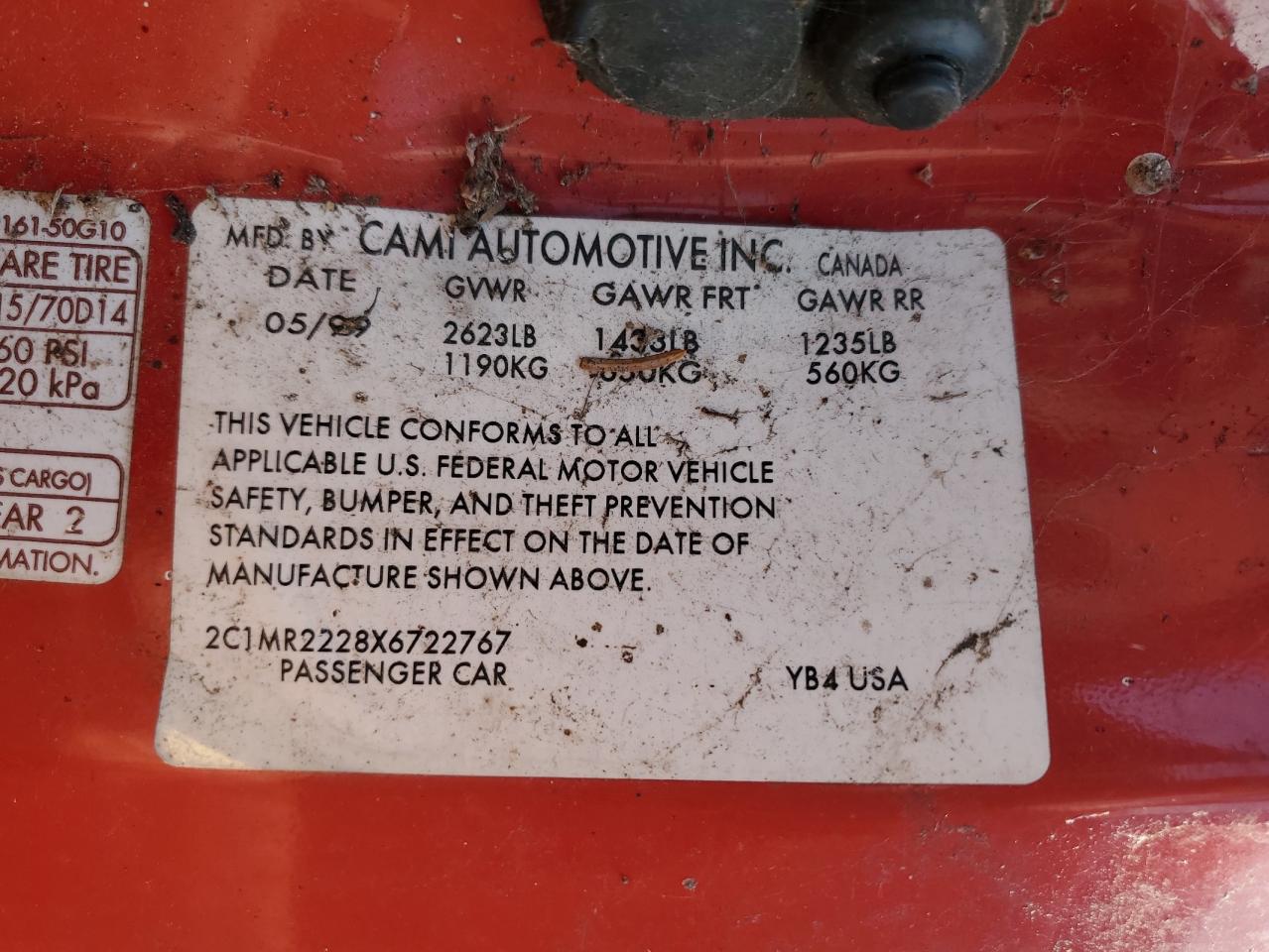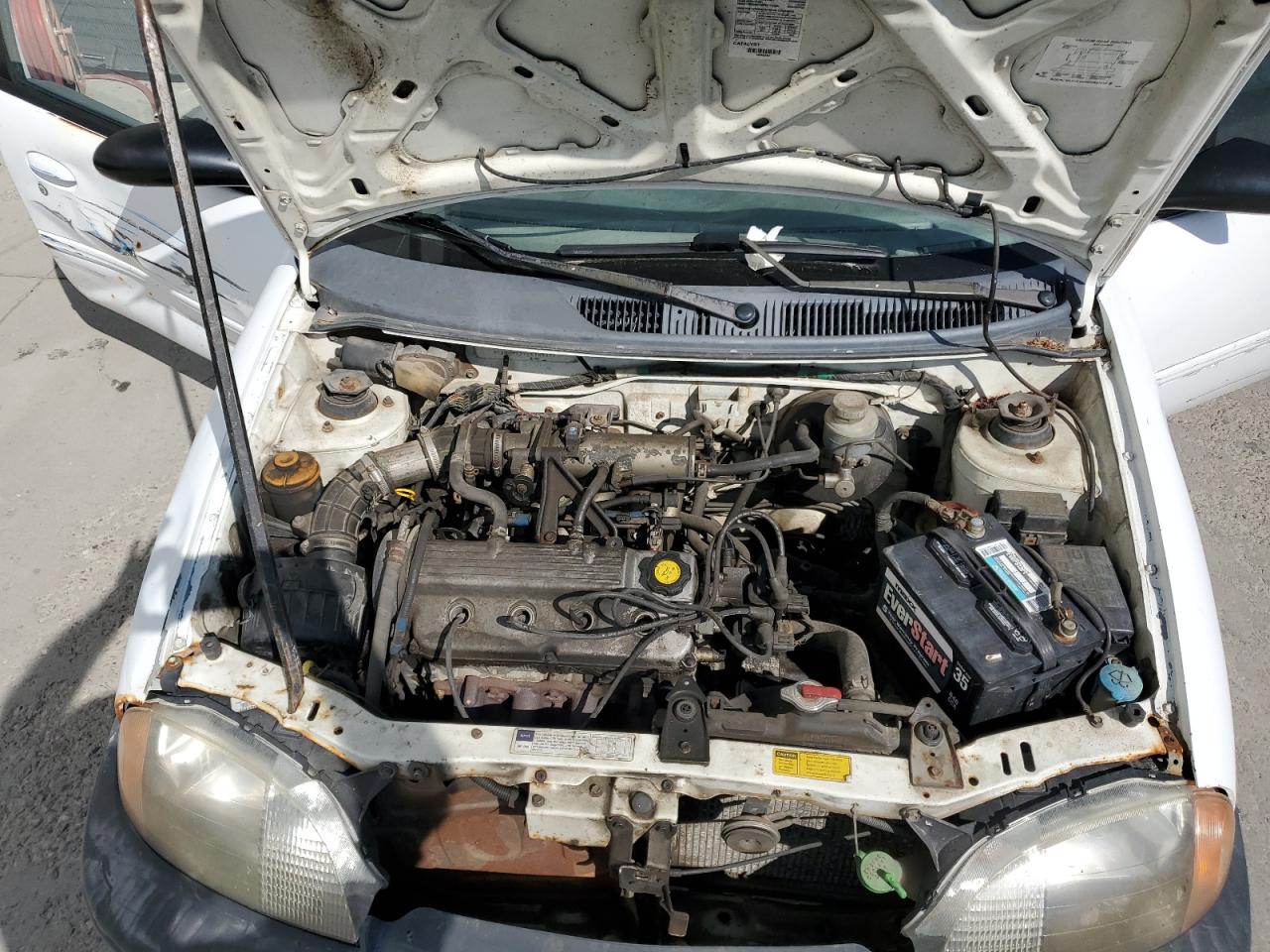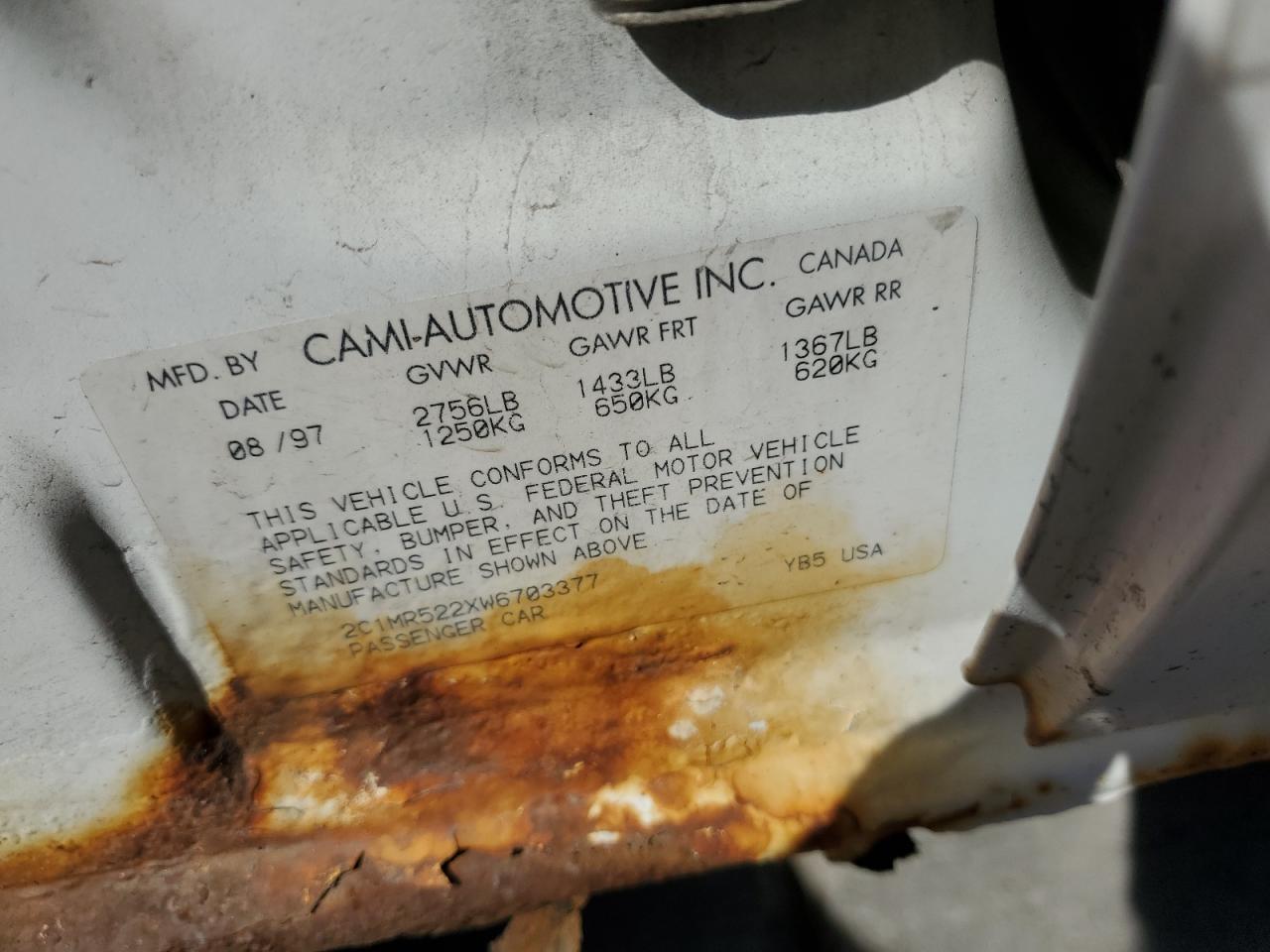Chevrolet Metro (6)
1999 Chevrolet Metro Lsi
2000 Chevrolet Metro
2000 Chevrolet Metro Lsi
2000 Chevrolet Metro Lsi
1998 Chevrolet Metro Lsi
1999 Chevrolet Metro
Chevrolet Metro is one of the most significant models of the Chevrolet company, occupying its place in the compact class car market. During its existence, Metro has come a long way, starting with its introduction to the market in the early 90s and ending its history in the early 2000s. This car has been offered in various variants, giving buyers a variety of options to choose from.
When considering the Chevrolet Metro, it is important to pay attention to its modifications and the features of each of them. The car was available in a variety of body styles, including sedans, hatchbacks and station wagons, to suit the different needs of car enthusiasts. In addition, the Metro was offered with a variety of engines and transmissions, making it even more attractive to different markets and needs.
The color scheme of the Chevrolet Metro also deserves attention, since the variety of color options allowed each buyer to choose the most suitable option. From classic blacks and whites to vibrant reds and blues, Metro offered a wide range of color options to suit different preferences and styles.
History of Chevrolet Metro: From Birth to Modern Times
The history of the Chevrolet Metro dates back to the late 1980s when General Motors (GM) introduced the compact car as part of its strategy to offer fuel-efficient and reliable vehicles. The first generation Chevrolet Metro was released in 1989 and quickly gained popularity due to its efficiency and affordable price.
Initially, the Chevrolet Metro was offered in two body styles: a sedan and a hatchback. It was equipped with a small but economical engine, making it an ideal choice for urban use. Various modifications and improvements were released in subsequent years, including improved engines and additional comfort options.
- Colors and Design: The Chevrolet Metro was offered in a variety of color options, including basic tints and brighter shades. The design was modest but functional, with a moderate amount of exterior decoration.
- Production Years: The first generation Chevrolet Metro was produced from 1989 to 1994, and was then replaced by the second generation, which was produced from 1995 to 2001.
- Sales: While accurate sales figures for each model are not always easy to find, the Chevrolet Metro has been a popular choice in its market segment due to its reliability and fuel economy.
- Successful and Problematic Aspects: Some of the successful aspects of the Chevrolet Metro include its low fuel consumption, compact size and good reliability. However, some models have experienced issues related to build quality and wear at higher mileage.
Modifications and Evolution
The history of the Chevrolet Metro is characterized by a variety of modifications and constant evolution, especially in the context of market demands and changes in technical standards. Since its introduction in the late 1980s, the model has been constantly updated, improving and adapting to consumer requirements.
Among the most noticeable modifications, it is worth highlighting the transition from the first generation to subsequent ones, which was accompanied by both changes in design and technical characteristics. The appearance of new engines, improved safety and comfort systems, as well as updated external elements - all this made up the modification history of the Chevrolet Metro.
New models and updates
- 1998: The appearance of the third generation Metro with a new body design and improved engine performance.
- 2002: Significant exterior and interior updates and improvements in fuel economy and performance.
The long production period allowed the Chevrolet Metro to remain relevant in the market and undergo changes that meet the requirements of the time. However, like any model, there were problems that could affect some editions and years of production.
Approximate evolution diagram of the Chevrolet Metro:GenerationYears of manufacturePeculiaritiesFirst | 1989-1994 | Off-road performance, compactness, efficiency
Second | 1995-2001 | Improved design, increased comfort, expanded equipment
Third | 2002-2007 | Modern style, new technologies, high efficiency
Second | 1995-2001 | Improved design, increased comfort, expanded equipment
Third | 2002-2007 | Modern style, new technologies, high efficiency
Color Palette and Design Changes
Over the course of its life, the Chevrolet Metro underwent several design changes, including color updates to reflect fashion trends and consumer preferences.
Initially, the model was presented in basic classic colors such as white, black, silver and blue. However, over time, manufacturers decided to expand the palette by adding bright and eccentric shades such as bright red, lime green and bright yellow to attract the attention of younger buyers.
- 1998: New colors were introduced this year: Metallic Light Green and Raspberry Pearl. These bright shades have become popular among young people and add freshness to the design of the model.
- 2001: Chevrolet Metro introduced a new shade, "Solar Orange", which was designed to attract attention on the road. This bright color has become a symbol of energy and optimism.
- 2004: In the last year of the model's production, a special Metallic Magnetic series was added. This shade, combining deep blue with a shiny metallic tint, became the final chord in the history of Chevrolet Metro.
Years of Production: From First Steps to Latest Models
The history of the Chevrolet Metro dates back to 1989, when the first model of this compact car was introduced. Starting its journey on the market, Metro has become a symbol of reliability and efficiency for many car enthusiasts. It has remained a sought-after choice in its class for many years thanks to its compact size and fuel economy.
Over the years, the Chevrolet Metro has gone through several modifications and updates. During its evolutionary development, the car received improved technical characteristics and stylish design solutions. The company has continuously strived to ensure that Metro remains relevant and competitive in the automotive market.
Years of manufacture:
- 1989-1994: The first generation Chevrolet Metro was introduced in 1989 and was produced until 1994. These models were equipped with small-displacement engines and had compact dimensions, making them an ideal choice for city driving.
- 1995-2001: The second generation Metro was released in 1995 and continued in service until 2001. This period was characterized by improvements in comfort and safety, which made the car even more attractive to buyers.
- 2002-2004: The last generation of Metro entered the market in 2002 and lasted until 2004. During this time period, significant changes occurred in the design and technical characteristics, which added modernity and dynamism to the car.
Despite its popularity and success in the market, the Chevrolet Metro has also faced some issues, including safety and build quality reviews. However, through hard work and constant improvements, the company was able to overcome these obstacles and maintain consumer interest in its car.
Sales and Demand: Successful Models and Problematic Aspects
During its time on the market, the Chevrolet Metro demonstrated varying levels of success depending on the model and year of manufacture. However, despite certain difficulties, some of his models stood out as particularly popular and in demand.
Let's start with successful models. Among them, we can highlight certain years of production when the Chevrolet Metro was especially popular. For example, models produced between the mid-1990s and early 2000s were especially sought after due to their efficiency and reliability. They attracted the attention of both economically aware consumers and those who valued compactness and ease of operation.
The most successful models:
- Known for its low fuel economy and compact size, the 1998 Chevrolet Metro attracted drivers looking for an economical vehicle.
- The 2001 four-door Chevrolet Metro, which offered a comfortable sedan performance while maintaining high efficiency.
Problematic aspects:
- Some models, especially early releases, experienced corrosion problems, which could lead to early failure.
- Also, some users noted limited comfort and insufficient options compared to competitors in the same market segment.
Result:
Despite some problems, the Chevrolet Metro made its mark in automotive history as a reliable and economical car that brought joy to many owners. Its successful models continue to attract the attention of those who value the combination of low cost and reliable operation.











































